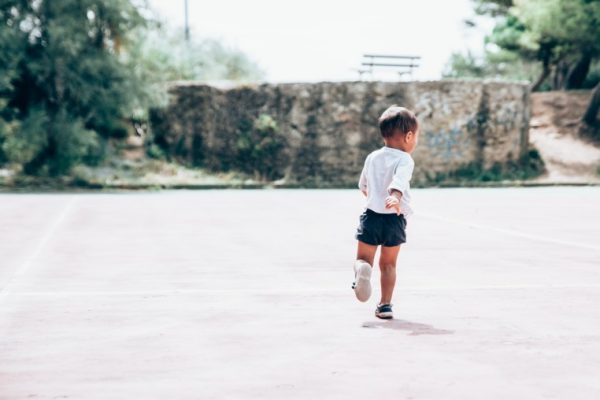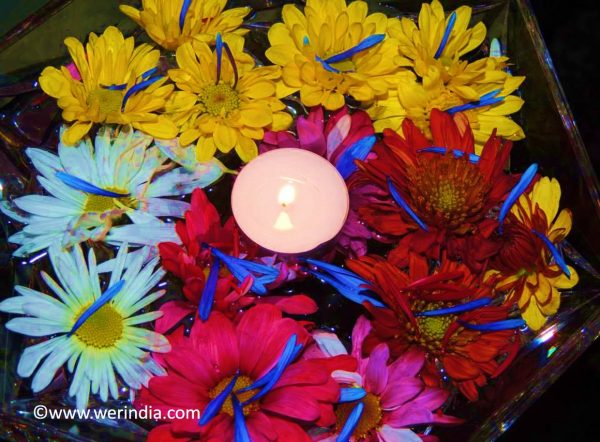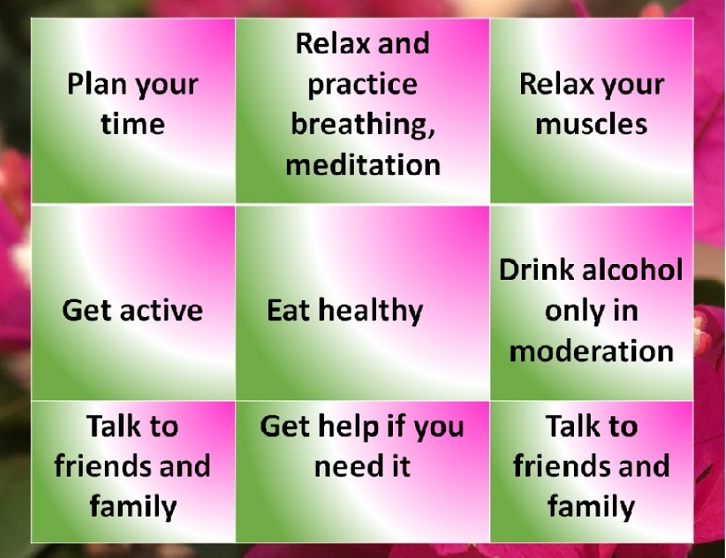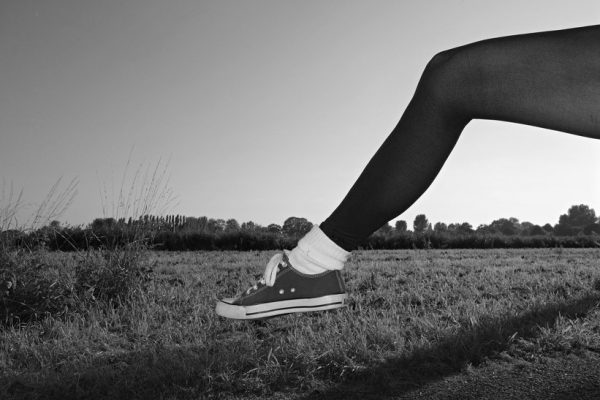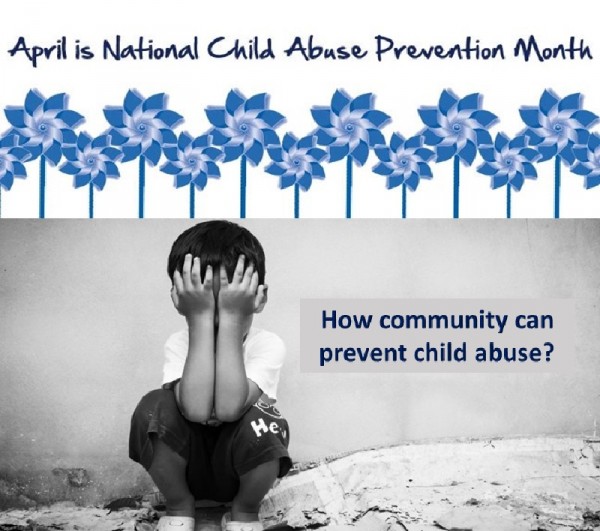
How community can prevent child abuse and neglect
April is National Child Abuse Prevention Month (NHO -US). As we live in community we have a role to play in the prevention of child abuse and neglect.
If parents and caregivers have support from family, friends, community and neighbors then, they are more likely to give safe and healthy environment and homes for their children.
If there is no support and if parents and families are isolated or must face problems alone then, parents and caregivers may be more likely to make poor decision that can lead to child abuse and neglect.
Child abuse can have long term impact on child’s physical, mental and social health. As we all belong to community we all have responsibility of taking care of children who grow around us.
As per child welfare research, more citizens and organizations are realizing that the best way to prevent child mistreatment is to help parents to identify and to develop skills to understand and meet children’s emotional, physical and developmental needs.
This protect children from any harm. Introducing parents to prevention strategy helps them to understand child’s needs.
How community can help with prevention of child abuse and neglect?
To support parents, communities can help families find the strength they need to raise safe, healthy and productive children.
- Get to know your neighbors: When there is support nearby, problems that parents facing seem less overwhelming.
- Watch for child abuse signs: It can be behavioral change or lack of adult supervision, withdrawn, maltreatment, reluctant with a person or people and various forms of physical abuses. Try talking to child and parent to get to know the truth.
- Help a family under stress: Offer to babysit, take care of children, help with chores and errands or suggest where parents can get help
- Reach out to children in your community: Always encourage children with kind words and smile at them. It means a lot to them.
- Be an active community member: Participate in community activities, volunteer in children hospitals, social service agencies, local schools, children libray and places where families and children are supported.
- Keep neighborhood safe: Pan a local national night out community event or start a neighborhood watch program. You will get know about children in the community and family better.
- Learn to recognize and report child abuse and neglect: Report your concerns will help to protect a child and will help family who needs attention.
- Educating parents: Let parents know about education programs that help parents develop positive parenting skills and decrease behaviors associated with child abuse and neglect. Talk to parents about parent mentor or leadership programs that provide role models and support to families in crisis.
Stable, safe and nurturing environment will help children to grow to into a good citizen. If community helps children and parents, then the community will see good, educated children in the neighborhood. To have healthy, responsible future generation we need to create a healthy and safe environment for kids.
For more information please visit: https://www.childwelfare.gov/
Image credit: https://www.childwelfare.gov/
Author: Sumana Rao | Posted on: April 17, 2018
« Non-O blood groups are at greater risk of Cardio Vascular Disease We may be carrying our ancestors’ genetic memories »




